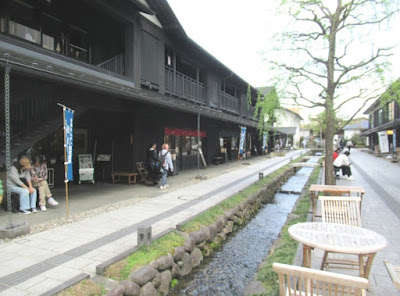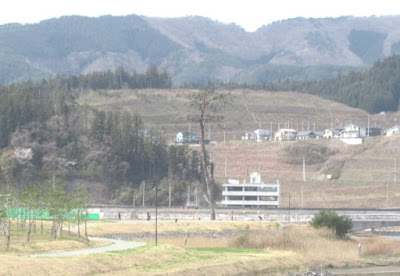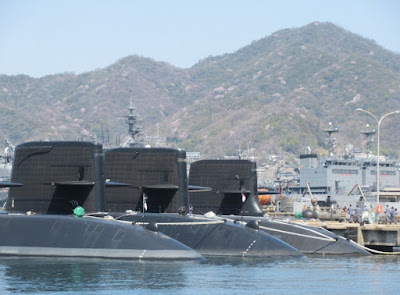I visited Yamagata City and Yonezawa City in Yamagata Prefecture.
Both cities locate in basins surrounded by mountains. Cherry blossom was its peak when I visited the cities.
Yamagata City is a capital of Yamagata Prefecture. It developed as a castle town in the pre-Meiji era.
Cherry, dandelion and other flowers were beautiful in Kajo (Yamagata Castle) park.
There were creeks in the town in the Edo era. One of them is now used as a part of a shopping district.
Traditional houses remain and are used as shops and other commercial facilities.
There is a bus terminal in front of JR Yamagata Station. Many people use buses to commute to Sendai. It takes an hour between Yamagata and Sendai.
Yonezawa was a capital of Yonezawa domain (han) in the Edo era. Uesugi family was a ruler of the area.
Uezugi Kenshin, the founder of renewed Uesugi family in the 16th century, is popular among people for his strength at wars and his deeply religious attitude.
Uesugi Yozan in 18th century famous for his management of the domain. He had contributed in restructuring the domain’s expenses and in developing new businesses. Former U.S. President J.F. Kennedy named him as “the most respectful Japanese politician.”
The site of former Yonezawa Castle is now converted into Uesugi Shrine. We can see the statues of Uesugi Kenshin as well as Uesugi Yozan.
Mogami River flows in many part of Yamagata Prefecture. The cherry blossom was beautiful in Yonezawa.
I
took Yamagata Shinkansen bullet train to move between Yamagata City and Yonezawa.











































20240331.png)










